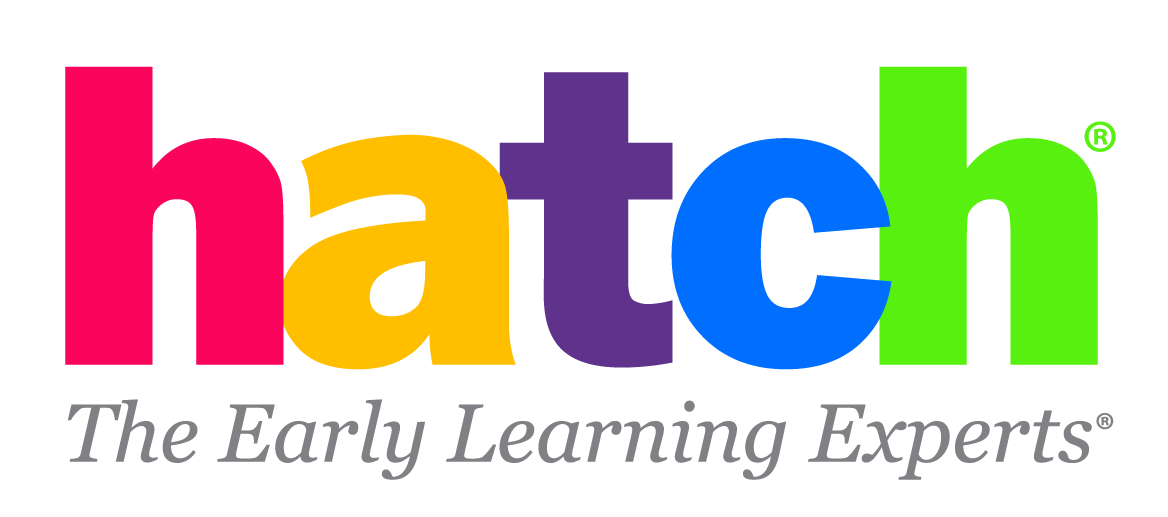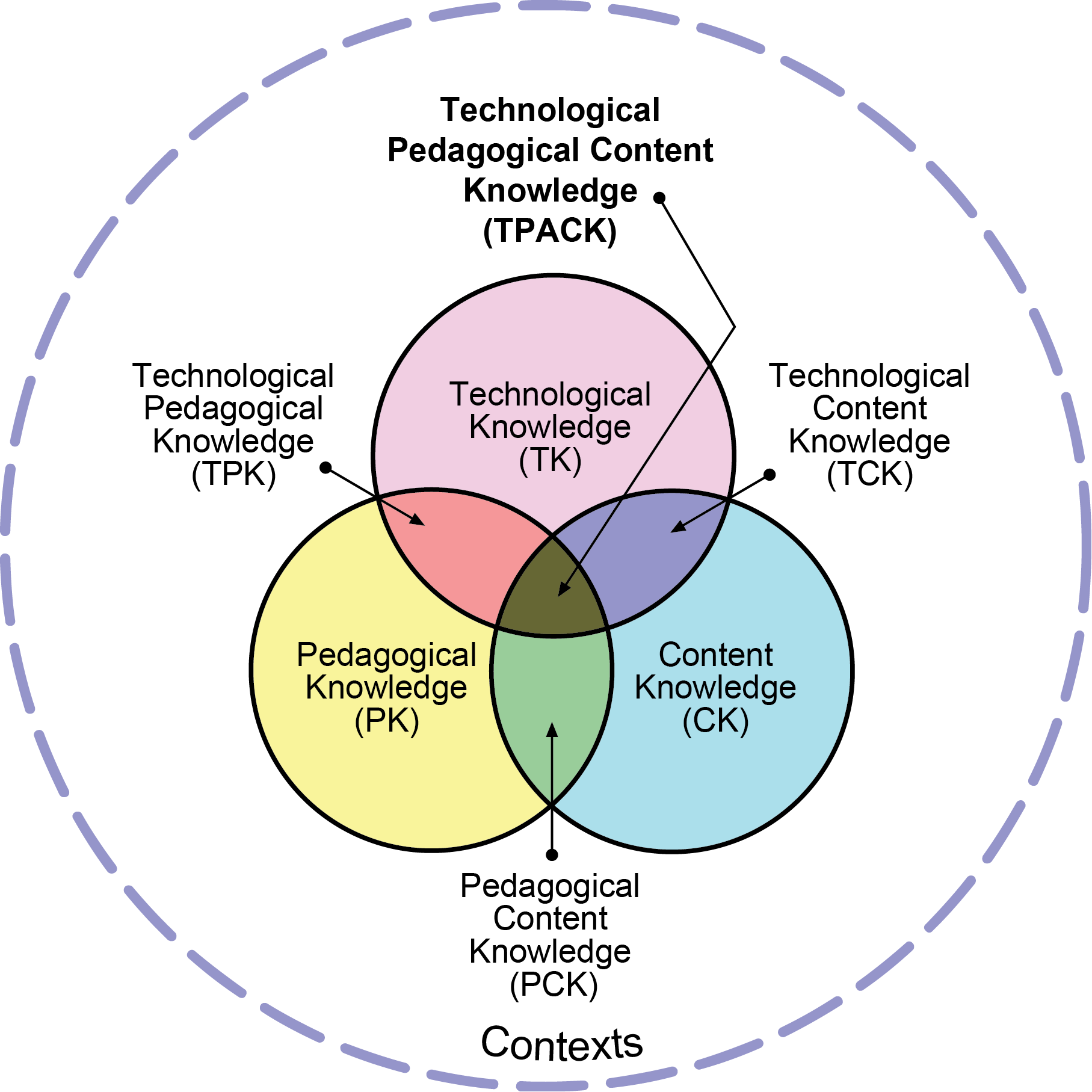It has long been established that in the early childhood classroom, learning is best approached as playful business. And why not? The joyful practice of learning how to assemble healthy meals with pretend food, or the rhythmic expression of acting out the lifecycle of a butterfly presents the opportunity to spark excitement for even the most reluctant of learners. In fact, encouraging our youngest students to develop a lifelong love of learning must be initiated in a fun, carefree way — especially considering their minimal attention spans. Throughout the literature on early childhood education, best practices for learning through play in offline learning environments are well-substantiated. However, in our increasingly digital world, researchers are suggesting it is time we make space for innovation.
Our world is growing in digital prowess. College applications are purely digital, high school courses all have their own course pages with digital submission sites, and our elementary and middle school learners are using multiple platforms for learning content while taking formative and summative assessments in online settings. While we acknowledge screen time must be used delicately and with balance, we recognize that most preschool-aged children understand their way around a phone and tablet better than their grandparents do. While we understand the foundations are best developed offline, exposure to tech is critical to ensure children are set up for success in the early grades, where both formative and summative assessments are now offered digitally. It’s time for us to recognize that accessing Wi-Fi, keying in logins and passwords, and navigating early learning platforms are part of a developmental skillset that will allow children to be prepared for success in their early elementary classrooms. But how do we balance this new digital aspect in the curriculum? Richard Culatta, the CEO of the International Society for Technology in Education (ISTE), claims that because “learning is inherently social, we need to see a shift in using tech less for presenting content and more as a tool to design, create, explore, and connect.”
Thankfully, Koehler and Mishra (2005) developed the TPACK framework years ago in response to the rapid development of digital literacy tools. Their framework serves as a guide for educators seeking best practices for implementing technology in their lessons; it explains that a sweet spot resides in the intersection of technology (TK), pedagogy (PK), and content knowledge (CK). Koehler and Mishra maintain that teachers should not teach elements of technology in isolation; rather, they should incorporate technology in such a way that it both enhances and improves the delivery of content. In the early childhood landscape, this could be the practice of using software to help nurture small-group interactions or the use of an interactive display to help children sort healthy food options in comparison to junk food.
Of course, with the broad number of educational technology tools available, it is important to determine the right tools for the early childhood classroom. When seeking developmentally appropriate tools for early childhood, it is critical to identify a supplement that is developed with actual educators behind the scenes. No one better understands classroom needs and pedagogical knowledge (PK) than teachers themselves; they are in tune with the variables that present themselves each day from children.
Educators should also insist that the digital tool is backed by research. Each day, hundreds of new digital games and platforms are created, so determining what is “worth it” can be difficult. When research and best practices in the field of education are embedded throughout the solution, you can feel confident that children’s learning goals are nurtured. In this practice, educators ensure that the digital tools they incorporate are sound in technological knowledge (TK).
Finally, selecting a digital supplement that delivers engaging, standards-aligned content is key to enhancing the curriculum in place. There are copious numbers of games, applications, and sites for children to explore; however, if these experiences are not rooted in the domains of learning, it is difficult to support their relevance in the classroom. To develop content knowledge (CK), digital learning tools must be standards-aligned and address skills necessary to accelerate learning in the classroom setting—this is the best way to extend the teacher's impact in the classroom.
Considering these factors, it can seem daunting to select a digital supplement for your early childhood program. Thankfully, the developers at Hatch Early Learning have created research-backed digital supplements with the goal of taking the guesswork out of this process to save teachers’ valuable time. Their full product suite has been created in alignment with early childhood learning standards with the intention to extend teachers’ impact by enhancing the delivery of content through engaging digital learning tools. These digital learning tools accelerate whole-child development across seven domains of learning with emphasis on social-emotional, mathematics, and literacy skills. In as little as 30 minutes of independent, purposeful practice per week, children make meaningful progress towards their school-readiness goals, providing teachers with real-time, objective, and actionable data. In this nature, Ignite by Hatch™ and IgniteTable by Hatch™ are creating a significant impact with a small amount of screen time for our youngest learners.
Koehler, M. J., & Mishra, P. (2005). What happens when teachers design educational technology? The development of technological pedagogical content knowledge. Journal of Educational Computing Research, 32(2), 131–152. https://doi.org/10.2190/0EW7-01WB-BKHL-QDYV
Image source: http://tpack.org; Reproduced by permission of the publisher, © 2012 by tpack.org


